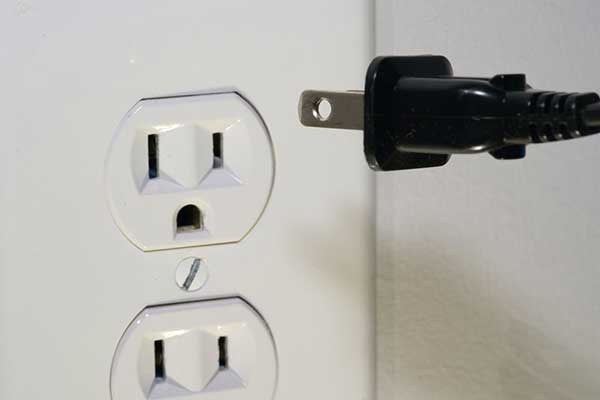The number of people working from home or working remotely has increased because of Covid19. Studies have shown that nearly a third of U.S. employees shifted to work from home because of the pandemic. While this new work experience has created some advantages, employees feeling disconnected has been one of the downsides to this new work environment. When employee disconnection happens, it creates gaps and dissatisfaction between the organization and their customers, both internal and external.

To help employees feel connected while working remotely, there are some things that need to take place:
- Communication
- Collaboration
- Control
Communicate to Keep Employees Engaged
Communication is the first exchange in bridging the employee disconnection gap.
How do we effectively communicate? We share information FROM leadership, we share information WITH leadership, and we create environments where dialogue is fostered and encouraged amongst peers.
Every meeting does not have to be policy, procedures, numbers. We can have personal conversations in virtual environments. Have a virtual cooler meeting where you encourage “cooler talk.” You know, the meetings where several people gathered around the water cooler and had personal conversations about the weekend, kids, family, movie, sports, new shows. You can also start the regular meeting with “tell me something positive that happened recently that’s non work related?” What good movie have you seen? What good book are you reading? What new recipe would you share? What new restaurant have you tried? Or I had one recently, introduce yourself without talking about work or family? Create an environment where everyone feels free communicating to help combat employees feeling disconnected.
Collaborate to Build Connect with Employees
The next exchange in bridging the employee disconnection gap is collaboration. Why collaborate? Because we are moving from transactional to relational even in the workplace. We are created to be in relationships, yes even introverts. If we can create a work environment where we encourage relationships, it can help the entire organization.
Think of cultures where teamwork and organizational objectives are at the forefront. They are hugely successful. The culture promotes “what can WE do to get this done” not “that’s not MY job or not in my job description.” The team or collaboration atmosphere requires having the right people, the culture, and the right coach. In sports there is an acronym for TEAM, Total Effort Among Members. Make your organization TEAM-like by creating an atmosphere of collaboration.
Control Burnout to Help Employees feel Connected
The finale exchange in bridging the employee dissatisfaction gap is control. A study by Nature Human Behavior in 2021 indicates employees work 10% longer at home than they do at the office. Working longer hours can cause unwanted stress. The organization needs to control the amount of time an employee is expected to spend working. Control workloads, calendar, emails, time logged in, and vacation schedule. Make sure each employee is using their vacation so they remain fresh, healthy, and doing all you can to assist in preventing burnout. Being over worked can lead to burnout, burnout leads to disconnection.
Be Intentional About Connection
Remaining connected should be a goal for all of us, especially with our co-workers. If an electric circuit disconnects, it can be disastrous. If a baton on a relay disconnects, you become disqualified and if you have disconnected employees, it negatively impacts your entire organization. We have to be intentional about setting up systems and an atmosphere of connectivity. If we communicate, collaborate, and control we increase our chances of keeping employees connected and keeping them loyal which has a direct impact on our business and or organization.


